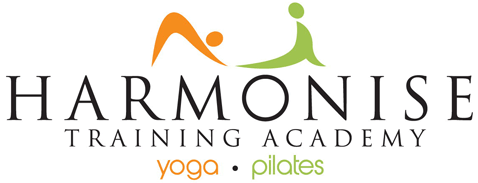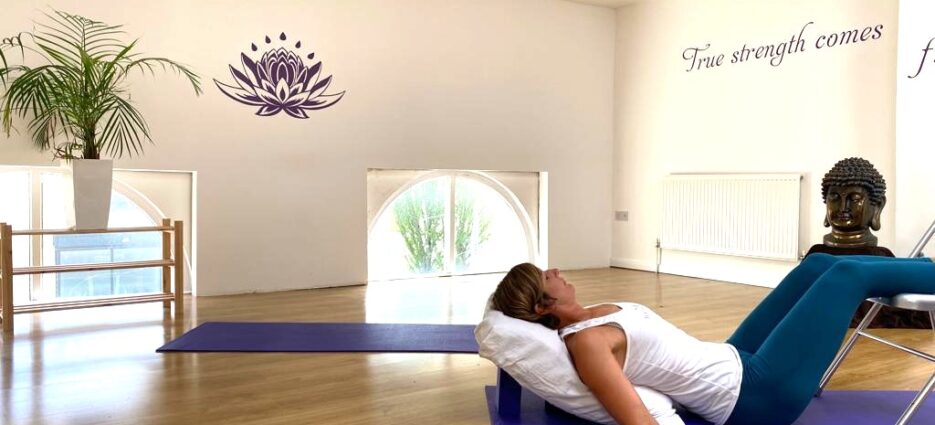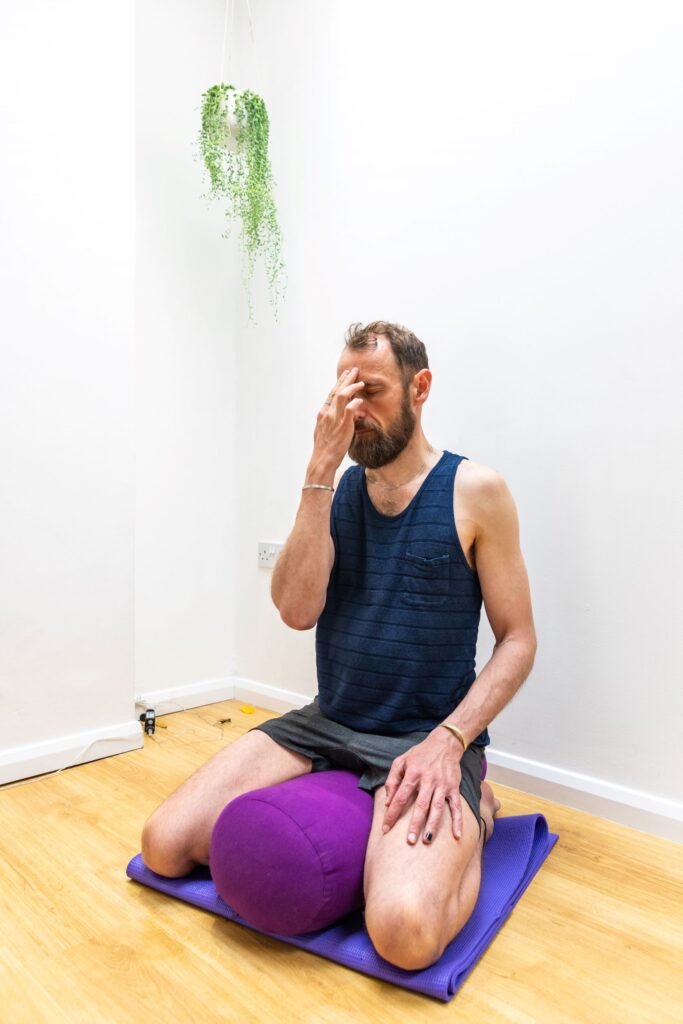Cultivating the Relaxation Response: Self-awareness and mindful practices to enhance well-being
I have noticed a distinctive shift in my energy over the past few days, aligning with the super blue full moon and changing seasons; a time for letting go, turning within and coming home to self. Initially, I planned to work on my book at a friend’s place this weekend, however when the time approached, it didn’t feel in my alignment. Instead of frustration, I sat with the realisation that I didn’t have to go, that I had choices. It felt empowering after many years lacking this awareness in my life.
I allowed myself to tune into my current needs, engaging in activities like meditation, rainy walks, sea swims, yoga, socialising, and family time. This attention to self-care prevented a potentially hectic week ahead, which included car service and MOT, and all 3 of my children starting or returning to College and University at the start of a new academic year.
Instead, I’m refreshed and eagerly anticipating my responsibilities, from driving my eldest to university to supporting my youngest settling in at college and reuniting with my middle daughter after her summer adventures interailing.
Learning to anticipate and manage stress has transformed my life, enhancing my mental and emotional well-being, and granting me a newfound sense of freedom. It has changed the way I think, feel, prioritise, interact, spend my time and above all, I am emotionally balanced 99.9% of the time.
The Science of Stress:
Stress often operates subconsciously, impacting our health on a daily basis and we are not even aware of it. Our innate stress response can be so deeply rooted and embedded within the subconscious, that we may have no idea that any other way of being exists.
“Both animals and people can experience stress with no awareness of its presence.”
– When the body says No, Gabor Mate, P.28.
Our individual responses to stressors differ greatly due to variations in our nervous systems affecting how we react. Bryony Hughes of the Minded Institute suggests that our instinctive stress reactions might not always be connected to the current situation:
“Emerging evidence suggests that stress experienced by our ancestors, the environment to which we are exposed in utero and our childhood experiences can all shape how our nervous systems respond to stress.”
As one of the 6 pillars of optimum health and well-being, how can we learn to manage and pre-empt stress? Everything comes back to making the subconscious conscious. This is the essence of ALL healing modalities, including Yoga and Pilates. It is an ongoing and continual practice. However, by incorporating relaxation techniques into our classes, we can help students SENSE FEEL the difference within themselves through their nervous systems.
This can help them to learn through the experience and increase self-awareness, guiding them toward calmer choices and balanced well-being. After all, until we are aware, we can’t even begin to make changes or choose differently.
Here are some of my favourite effective techniques:
- Progressive Muscle Relaxation: A technique requiring bodily awareness through tensing (muscular contraction) and relaxing different body parts. This can be particularly useful at the start or end of a class, reducing excess tension from the network. It can also help to reduce sensory motor amnesia (a term coined by Thomas Hanna); increase neurogenic release; increase body awareness and enhance mind body connection & synchronicity.
- Pandiculations: Encourage instinctive, intutitive and primal movements for neurogenic release and nervous system reset e.g sighing, yawning and stretching. Animals innately do this before sleep and after wake! For a deeper delve into this, join me on my next Fascia and Movement Workshop, 14th November.
- Cortical Breathing: Ordinarily, the breath is happening under our autonomic nervous system; the ‘unconscious’ branch of our central nervous system (CNS). However, when we observe our breath, we become ‘conscious’ of it. This induces presence, focus, and emotion regulation. Speaking in a slow, calm and mindful manner when teaching will encourage the breath to slow as your students’ nervous systems will naturally respond to yours! This is why it’s so important to be grounded when you teach.
- Slow, steady, even breathing: Balances the nervous system to promote relaxation. Functional diaphragmatic breathing 6 times per minute for 20 minutes has been scientifically proven to re-set the nervous system (heart rate, breathing rate, blood pressure, hormones) for 24 hours. It’s a wonderful antidote to the stress response, reducing overwhelm and anxiety.
- Lengthening the exhalation: The inhale is related to the sympathetic nervous system (SNS) and the exhale is related to the parasympathetic nervous system (PNS). Therefore, lengthening the exhale can be very beneficial for relaxation and helps to tone the vagus nerve – Perfect for leading a class into relaxation or savasana. For ‘rapid’ breathers, this can also encourage them to take a longer inhale. This is a useful tool in slowing the breath down, which may be helpful at the start of a class.
- Rotation of awareness around the body: Induce deep relaxation by scanning the body. This practice slows the brainwaves down even further, to the alpha theta border. This ‘dream like’ state is associated with rapid eye movement sleep (REM). In this state, cortisol production ceases and deep healing can take place; emotions are processed, creativity is enhanced and intuition and insights are increased. This can be used as a standalone practice, and is also included in Yoga Nidra (Feb 2024 CPD course details here).
- Meditation: Increases awareness, focus, and neural connections which reduces emotional stress. Regular practice can improve attention span, decision making and memory. When sitting alert in meditation, it’s possible to increase GAMA brainwaves, the highest brain frequency. These brainwaves are associated with high levels of concentration, cognitive functioning and emotions of compassion and gratitude. Scientific studies have shown Monks to be oscillating at this ‘higher mind’ frequency during meditation.
There are also a host of breath practices that will impact our bodily systems to bring about a desired effect. These can usually be put into one of 3 categories: to balance the nervous system, to stimulate the nervous system and to calm or sooth the nervous system. Depending on the time of day, the mood you’re in, and what your body is asking for, you can tailor a breath practice accordingly.
You’ll learn a variety of specific breath practices and techniques in our Meditation and Pranayama CPD course.
The benefits of these practices
All of the many types of breathing and mind practices can increase oxygenation of tissues, decrease acidity (ph) and therefore, toxins, help to manage blood sugar levels, decrease inflammation, increase blood alkalinity, decrease cortisol production, improve digestion, enhance sleep, improve hormonal balance, cardiovascular system, increase serotonin, GABA, oxytocin, dopamine and endorphins. All of these benefits help to reduce ‘unhealthy’ stress, increase physical well-being and enhance positive emotions and well-being.
I believe that starting a movement practice with relaxation, conscious engagement during movement, and deliberate relaxation afterward is crucial. We must differentiate between body tension and relaxation and learn to sense feel how to switch our systems on and off to avoid compounding tension.
Join me on Tuesday 12th September for our Meditation & Mindfulness for Pilates Teachers Workshop where we will incorporate all of these practices and many more besides.
The Impact of Chronic Stress
Chronic stress links to approximately 80% of health issues (according to Harvard Medical School). Instead of How are you? why not consider the question How’s your nervous system?
I believe that, if we were taught (from a young age) to focus more awareness on our own nervous systems and that of each others, we could transform our health and well being on a global scale.
Just as we can become aware of our breath and control it, so too can we do this with our emotions. Our emotions will indicate to us whether we are in a healthy state of stress, or have slipped into an unhealthy state:
- ‘Healthy’ stress (beta 1) is indicated by feelings of inspiration, motivation, productivity, focus, elevation, efficiency.
- ‘Unhealthy stress’ (beta 2) is indicated by associated emotions of overwhelm, too much to do, confusion, inability to make a decision, helplessness, procrastination, worry, anxiety etc.
Neursocience and emotions
The mind and emotions are inextricably linked, so training the mind enhances emotional well-being and learning how to manage our emotions helps to keep a calm mind. With practice and time, unhealthy emotions will become a thing of the past. Incorporating these practices into daily life can lead to equanimity and emotional freedom.
Neuroscience is now proving how emotions affect immunity and cellular health. I believe that learning how to effectively manage emotions is crucial for maintaining a healthy nervous system. Yin Yoga, in particular, plays a significant role in this journey. Its holistic approach combines various techniques to initiate relaxation and enhance self-development.
“Because the hypothalamus is in a two-way communication with the brain centres that process emotions, it is through the HPA (Hypothalamus – Pituitary – Adrenal) axis that emotions exert their most direct effects on the immune system and on other organs”.
– When the body says No, Gabor Mate, P.32
Setting aside time to immerse yourself in these practices can help to embed them in your routine. Our 2024 retreats are an opportunity to do this, and of course you’ll delve deep into these practices if you choose to embark on yoga teacher training.
The role of Yin yoga
I have found the deep and rich path of yoga has been essential in my journey toward emotional freedom. As well as the practices mentioned, Yin Yoga has played an important role in this. Louise Windsor’s teaching style and the way she holds space enhances inner reflection and potential transformation. Not only does Yin initiate the relaxation response, it incorporates Traditional Chinese medicine and meridian theory, fascia, mindfulness, meditation, emotional freedom technique, tapping, Qi Gong, breath practices, patience, focus, attention and surrender. Our Yin CPD courses, Level 1 (19th-22nd October) and Level 2 (20th-24th September), offer self-development and teaching opportunities. If finances are a barrier, reach out to me by email for payment plan options (clare@harmonisetrainingaademy.com).
Pause for thought
There is so much more I could talk about relating to this fascinating subject, however, for now, I leave you with these 3 questions for self-reflection:
What happens in my body when I slow my breath down?
What happens to my mind when I bring my awareness to my feet?
What will bring me peace right now?
Love and Light,
Clare & the Harmonise team xx
Article by: Clare Francis





